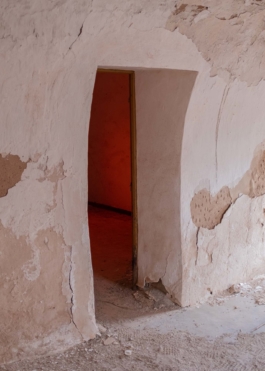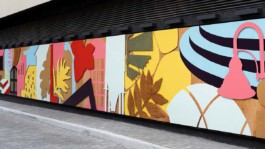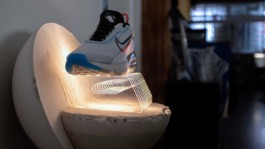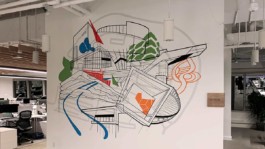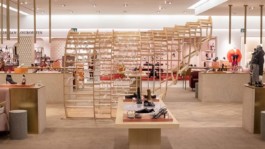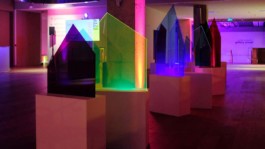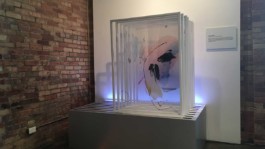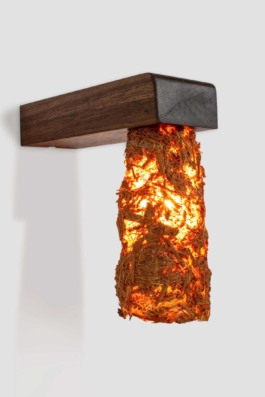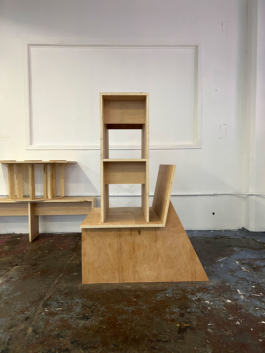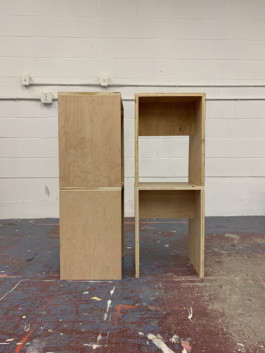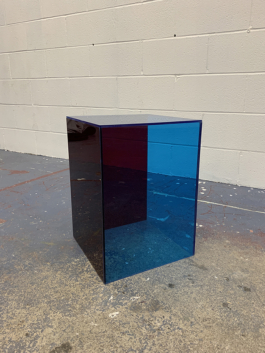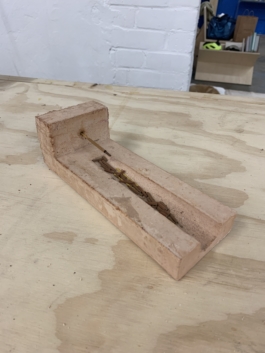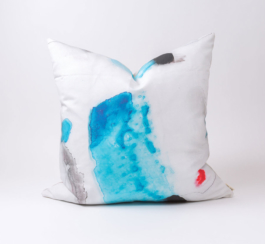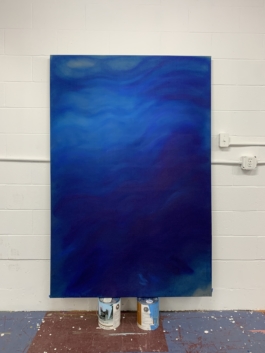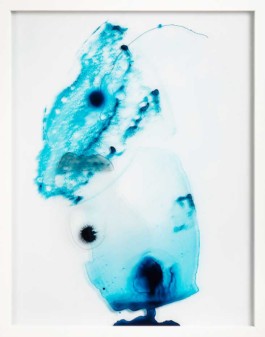Coco En Forma, Objects, Nicaragua/Toronto, 2022–2023
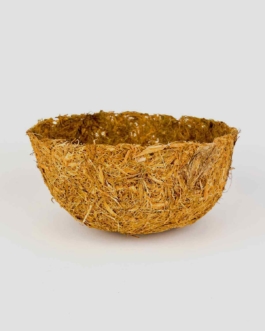

In a small fishing village in Nicaragua, with limited resources and an excess of Coconuts, Justin Pape and I created a form-able material that relied as heavily as possible on the immediate local materials and elements.
With constant power outages in the area effecting both the electricity and running water, we wanted to be able to create this material without relying on power. Using a non-electric gas stove and water directly from the ocean, we were able to bypass those issues.
On the beach near the property, a seawall made of large rocks had been erected in order to deal with rising water and tides associated with climate change. During the day, in the direct sun, temperatures would reach an average of around 40ºc and heat the rocks. We used this to our advantage in order to quickly dry the material to prevent mould growth in the humid environment and we harnessed the disinfecting properties of the sun and lime to help kill bacteria.
The Coco material was then formed over found objects to create usable objects such as a bowl and light shade.
With more time and resources, our goal is to create an easily made biodegradable material that could be used to help curb the waste that litters both the ocean and land. It would help curb the garbage of the area and be an alternative to purchasing certain items in an area with little to no disposable income.
Materials
Dried coconut husk, corn starch, ocean water (water, salt), lime
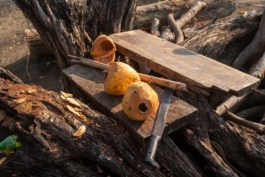
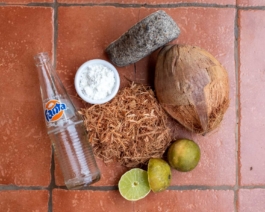
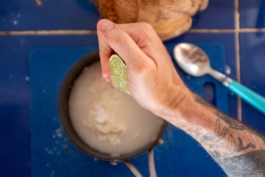
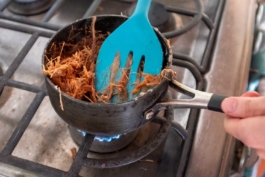
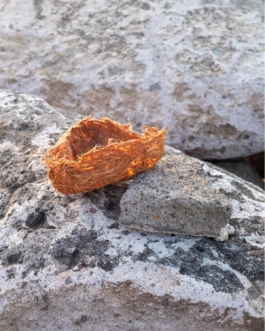
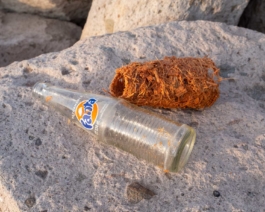
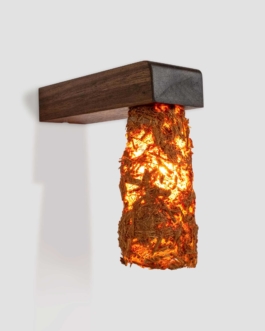


Coco En Forma, Objects, Nicaragua/Toronto, 2022–2023


In a small fishing village in Nicaragua, with limited resources and an excess of Coconuts, Justin Pape and I created a form-able material that relied as heavily as possible on the immediate local materials and elements.
With constant power outages in the area effecting both the electricity and running water, we wanted to be able to create this material without relying on power. Using a non-electric gas stove and water directly from the ocean, we were able to bypass those issues.
On the beach near the property, a seawall made of large rocks had been erected in order to deal with rising water and tides associated with climate change. During the day, in the direct sun, temperatures would reach an average of around 40ºc and heat the rocks. We used this to our advantage in order to quickly dry the material to prevent mould growth in the humid environment and we harnessed the disinfecting properties of the sun and lime to help kill bacteria.
The Coco material was then formed over found objects to create usable objects such as a bowl and light shade.
With more time and resources, our goal is to create an easily made biodegradable material that could be used to help curb the waste that litters both the ocean and land. It would help curb the garbage of the area and be an alternative to purchasing certain items in an area with little to no disposable income.
Materials
Dried coconut husk, corn starch, ocean water (water, salt), lime









Info >
Nicole is a Canadian interdisciplinary artist, designer, actor, curator and co-founder of Project 107 + PACHlab. She is motivated by curiosity, problem solving and story telling and is currently based in Toronto, Canada.
Contact
nicoledcharles [@] gmail.com
CV, Press
Select Projects >
Exhibitions
Notice: A change is proposed
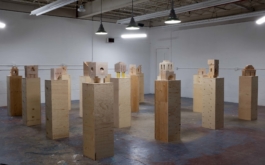
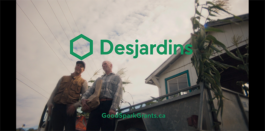
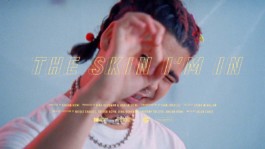
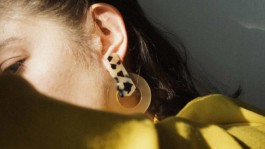
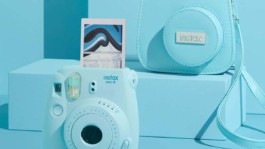
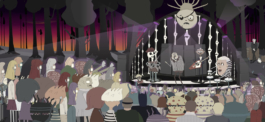

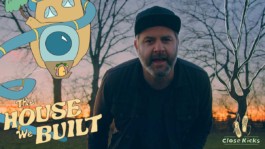

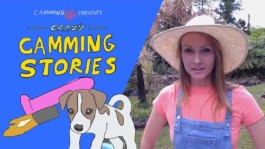
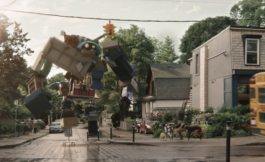
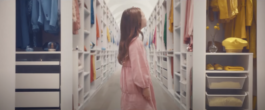
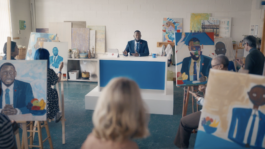

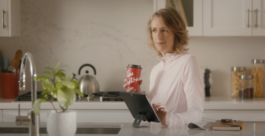
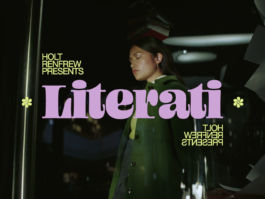
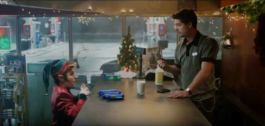
Info >
Nicole is a Canadian interdisciplinary artist, designer, actor, curator and co-founder of Project 107 + PACHlab. She is motivated by curiosity, problem solving and story telling and is currently based in Toronto, Canada.
Contact
nicoledcharles [@] gmail.com
CV, Press
Select Projects >
Exhibitions
Notice: A change is proposed

